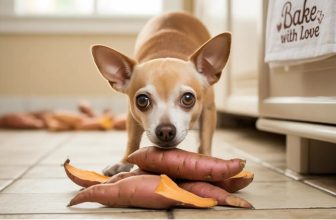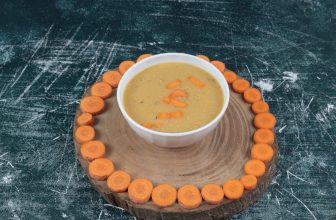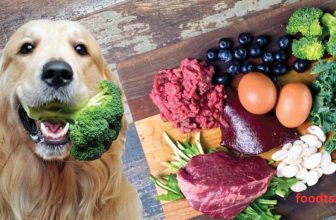How to make dog food? The Best Guide
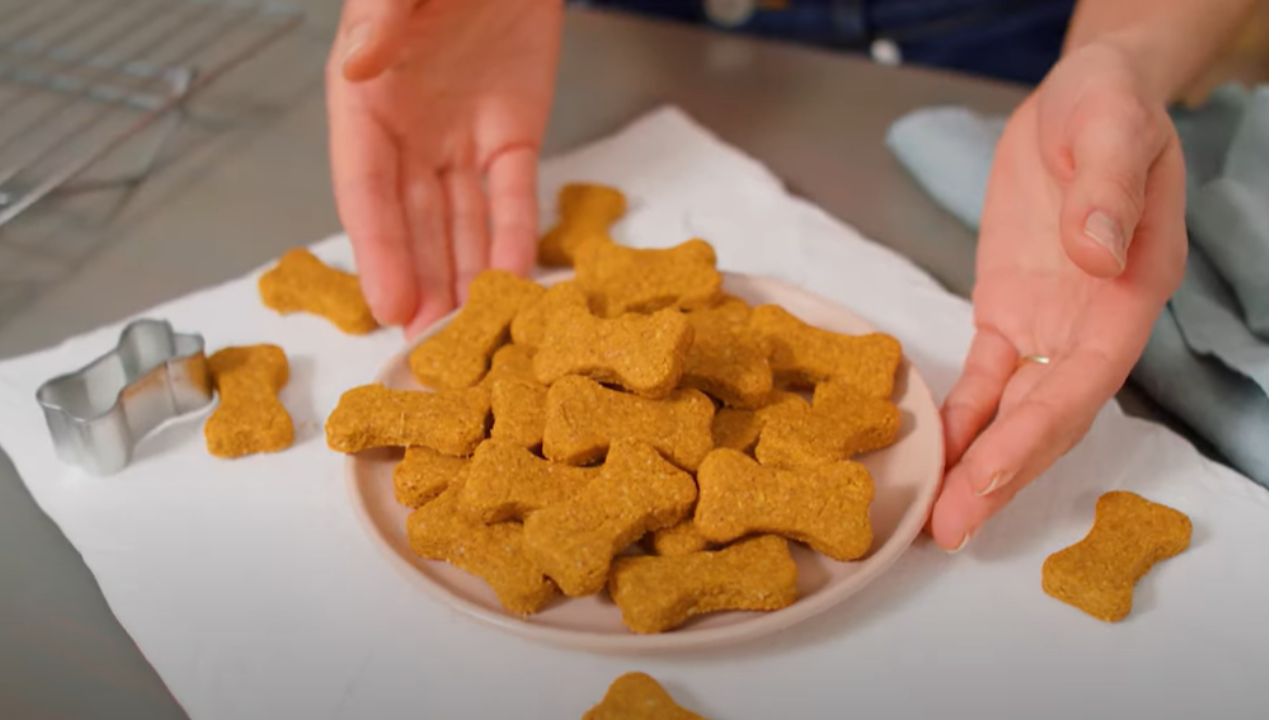
How to make dog food: When you prepare dog food at home, you control the ingredients, ensuring no harmful additives, fillers, or preservatives. Many commercial dog foods contain low-quality protein sources and artificial flavors, which may not be ideal for your dog’s long-term health.
Customizable for Your Dog’s Needs – Adjust for Allergies or Sensitivities
Some dogs have food allergies or sensitivities to ingredients like grains, dairy, or certain proteins. You can customize meals to fit your dog’s unique dietary needs by making dog food at home. For example, if your dog is allergic to chicken, you can substitute it with turkey or fish to avoid digestive issues.
More Nutritious Than Many Store-Bought Options – Use Whole, Fresh Ingredients
Homemade dog food allows you to include fresh vegetables, lean meats, and healthy fats, ensuring your dog gets the nutrients they need. Store-bought food often loses nutritional value during processing. Fresh ingredients like carrots, spinach, and lean proteins ensure your dog receives optimal nourishment without harmful additives.

Can Be Cost-Effective in the Long Run – Reduce Vet Bills with Better Nutrition
Although homemade dog food might seem expensive initially, it can save you money in the long run by preventing costly health issues. Good nutrition leads to fewer vet visits and a healthier, happier dog. Investing in your dog’s diet today can prevent obesity, diabetes, and other chronic illnesses later in life.
Strengthens Your Bond With Your Dog – Cooking for Them Shows Love and Care
Preparing homemade meals for your dog strengthens your relationship. They’ll appreciate the fresh food and the time you invest in their well-being. Many pet owners report that their dogs show excitement and gratitude when they know their meals are homemade.
Understanding Your Dog’s Nutritional Needs
Protein – The Foundation of a Healthy Diet
Protein is essential for muscle development, tissue repair, and overall health. High-quality protein sources include chicken, beef, fish, turkey, and eggs. Dogs thrive on high-protein diets, which help keep their muscles strong and their energy levels high.
Healthy Fats for Energy and Coat Health
Dogs need healthy fats to maintain energy levels and a shiny coat. Sources include fish oil, flaxseed, and coconut oil. These fats also support brain development, making them especially important for puppies and senior dogs.
Essential Carbohydrates for Energy
Carbohydrates provide energy and fiber, which aids digestion. Safe options include brown rice, quinoa, and sweet potatoes. While dogs don’t require large amounts of carbohydrates, the right ones can help maintain steady energy levels throughout the day.
Safe Vegetables for Added Nutrients
Vegetables like carrots, spinach, and green beans provide essential vitamins and minerals that support overall health. These vegetables add fiber to your dog’s diet, aiding digestion and reducing the risk of constipation.
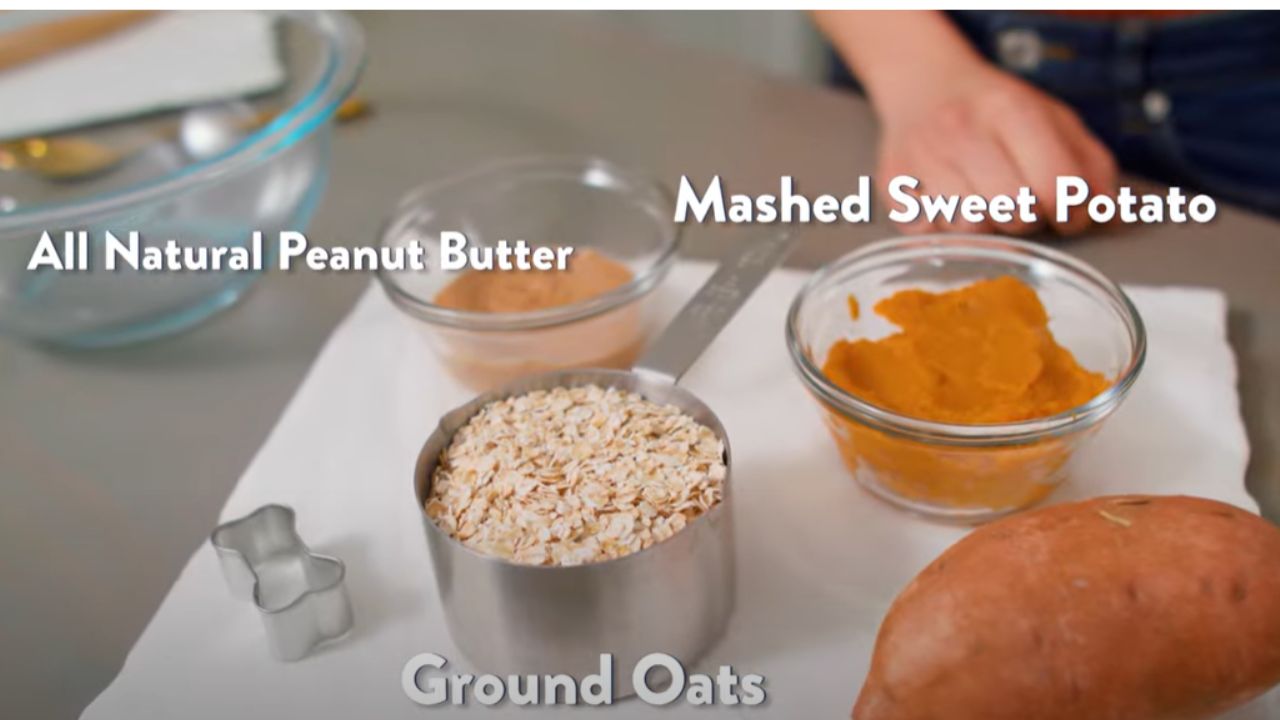
Vitamins and Minerals – Completing the Diet
Calcium, Omega-3s, and probiotics help with bone health, digestion, and immune function. Adding these in the right amounts ensures a balanced diet. If you’re unsure whether your dog is getting enough vitamins and minerals, consult with your veterinarian.
How to Make Balanced Dog Food (Step-by-Step Guide)
Choosing the Right Ingredients for Your Dog
When selecting ingredients, consider your dog’s age, weight, and activity level. Choose lean proteins, healthy fats, and nutrient-rich vegetables. Avoid processed ingredients, artificial flavors, and preservatives.
Cooking Methods – Raw vs. Cooked Dog Food
Some pet owners prefer raw food, while others opt for cooked meals. Raw food may contain more natural nutrients, but cooking can eliminate bacteria and make digestion easier. Cooking methods like boiling, baking, and slow cooking help retain nutrients while ensuring safety.

Sample Recipes for Homemade Dog Food
Easy Chicken & Rice Recipe (for Sensitive Stomachs)
Ingredients:
- 1 cup cooked chicken breast (shredded)
- 1/2 cup cooked brown rice
- 1/2 cup chopped carrots
- 1 teaspoon fish oil
- 1/4 cup peas
Instructions:
- Cook the chicken thoroughly and shred it into small pieces.
- Cook the rice and let it cool.
- Steam or boil the carrots and peas.
- Mix all ingredients and add fish oil.
- Serve at room temperature.
Beef & Sweet Potato Meal (Packed with Protein & Fiber)
Ingredients:
- 1 cup ground beef (lean)
- 1/2 cup sweet potatoes (mashed)
- 1/2 cup green beans
- 1 tablespoon olive oil
- 1 boiled egg (chopped)
Instructions:
- Cook the beef until well done.
- Steam or boil sweet potatoes and green beans.
- Mash the sweet potatoes and mix with the other ingredients.
- Serve after cooling.

Turkey & Pumpkin Blend (Great for Digestion & Coat Health)
Ingredients:
- 1 cup ground turkey
- 1/2 cup pumpkin puree
- 1/2 cup spinach (chopped)
- 1 teaspoon flaxseed oil
- 1/2 cup cooked quinoa
Instructions:
- Cook the turkey completely.
- Boil or steam spinach.
- Mix all ingredients and add flaxseed oil.
- Serve at room temperature.
Portion Sizes – How Much Should You Feed Your Dog?
Portion sizes depend on your dog’s weight and activity level. Generally, dogs need about 2-3% of their body weight in food per day. Puppies and active dogs may require more frequent meals.
Transitioning to Homemade Dog Food Safely
Introduce homemade food gradually by mixing it with their current diet. Sudden changes may cause digestive upset. Monitor your dog for any signs of allergies or sensitivities during the transition.
Storing and Serving Homemade Dog Food
How to Properly Store Fresh Dog Food
Store homemade dog food in airtight containers in the refrigerator for up to 3 days. For longer storage, freeze portions. Label containers with dates to keep track of freshness.
How Long Does Homemade Dog Food Last?
Refrigerated homemade dog food lasts about 3-4 days. Frozen portions can last up to 3 months. Always check for signs of spoilage before serving.
Best Ways to Serve Homemade Dog Food
Serve food at room temperature. If refrigerated, warm it slightly but avoid overheating. Some dogs prefer food slightly warmed, while others may enjoy it chilled.
Common Mistakes to Avoid When Making Dog Food
Using Toxic Ingredients (Foods Dogs Should NEVER Eat)
Avoid onions, garlic, chocolate, grapes, raisins, and certain nuts, as they can be toxic to dogs.
Not Balancing the Nutrients Correctly
Ensure the food contains the right mix of protein, fats, and carbohydrates. Work with a vet to confirm nutritional adequacy.
Overfeeding or Underfeeding Your Dog
Measure portions carefully to avoid obesity or malnutrition.
Ignoring Vet Recommendations
Consult a vet before switching to homemade dog food, especially if your dog has health issues.
Frequently Asked Questions: How To Make Dog Food
Q1: Is homemade dog food better than store-bought?
A1: Homemade food can be healthier if properly balanced, but store-bought food is convenient and often fortified with essential nutrients.
Q2: Can I feed my dog homemade food every day?
A2: Yes, but ensure it’s nutritionally complete and meets your dog’s dietary needs.
Q3: How do I know if my homemade dog food is balanced?
A3: Work with a vet or pet nutritionist to ensure the right nutrient balance.
Q4: Do I need to add supplements?
A4: Some dogs need supplements, especially for calcium and Omega-3s. Consult a vet for recommendations.
Q5: How can I make dog food for a puppy vs. an adult dog?
A5: Puppies need more protein and calories for growth, while adult dogs require a balanced diet for maintenance
Final Thoughts
Making homemade dog food can be a rewarding and healthy choice if done correctly. Always prioritize balanced nutrition and consult a vet before making changes. Start with simple recipes and adjust based on your dog’s needs.



